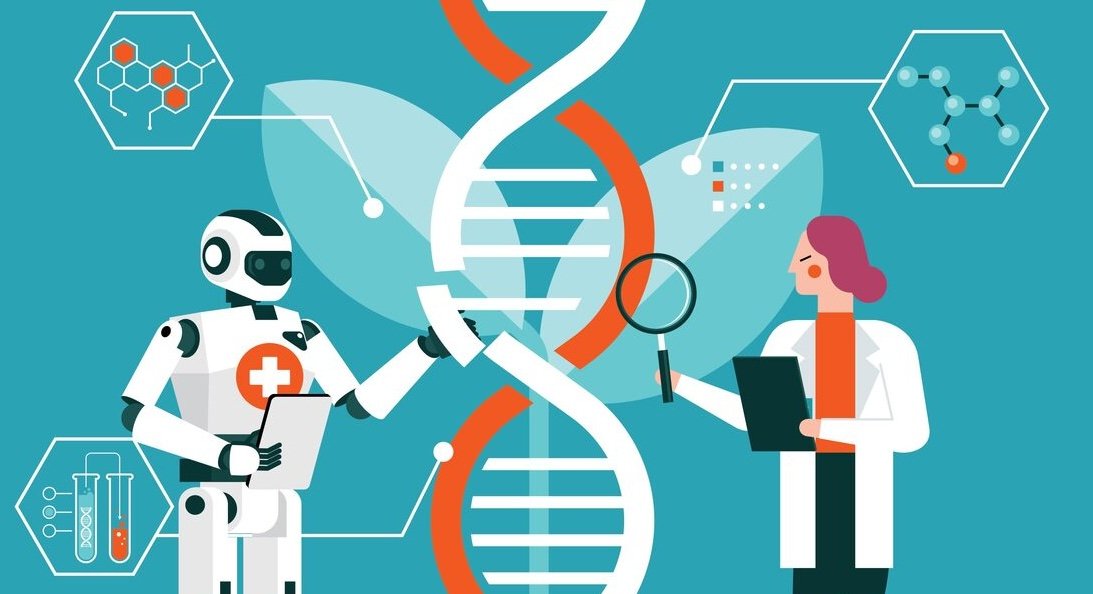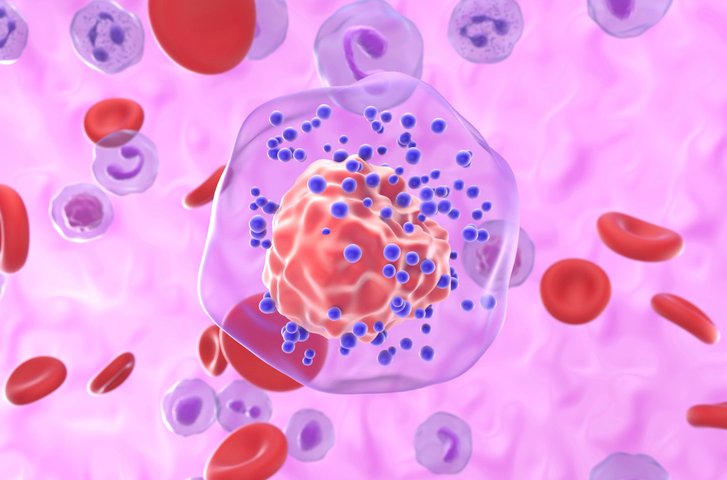Manufacturing difficulties are holding back the commercial development of heart disease cell therapies, according to researchers who say “cell free” treatment could be an easy-to-make alternative.
A heart attack is when heart cells die, leaving non-contractile scar tissue that eventually stops organ function. It is a leading cause of death and, based on AHA analysis, results in millions of hospitalizations at a cost of $350 billion each year.
Various treatments using mesenchymal stromal cells (MSCs) and induced pluripotent stem cells (iPSC) to replace the lost tissue have been proposed. However, difficulties sourcing materials and scaling up production have slowed development.
More recently, the concept of using proteins and other secreted factors—referred to as secretomes—to treat heart attack, rather than replacement cells, has emerged.
The major advantage of this approach is that such “cell-free” therapies are relatively easy to make, according to David Lundy, PhD, a professor at the College of Biomedical Engineering at Taipei Medical University in Taiwan.
“Cell-free therapies are ‘easier,’ particularly from the manufacturing point of view. There have been many cell therapy trials already carried out in the field, with mixed results, but nothing truly outstanding. And despite that, there are no current cell-based therapies for any patient having a heart attack.
“So, what we and others propose is cell-free alternatives such as biomaterials, extracellular vesicles (EVs) from sources other than cell culture, and synthetic nanocarriers to deliver specific cargo to the heart. All of those have a solid scientific basis and good preclinical evidence supporting them,” he told GEN.
Cell-free therapies
Lundy and colleagues analyzed cell-free therapies in a recent paper. Specifically, they looked at creating a supportive scaffold from biomaterials, using platelet-derived vesicles to trigger repair and using synthetic vesicles to deliver bioactive proteins.
And the key finding is that, while each approach has strengths and weaknesses, they were all more straightforward to manufacture at scale than cell therapy-based heart attack treatments.
“Cell-derived products such as secretomes or EVs from cultured cells require extensive GMP-compliant cell culture, and the yields and cargo composition vary significantly between cell types, donors, and isolation methods.
“By contrast, acellular biomaterials and nanocarriers offer several potential advantages including the use of established industrial methods, more consistent quality of raw components, more clearly defined physical and chemical specifications, clearer regulatory frameworks, and more flexible storage,” the authors wrote.
They cite platelet-derived extracellular vesicles (P-EVs) as an example, explaining, “From a manufacturing perspective, the isolation of P-EVs does not require GMP-grade cell culture, and this significantly reduces financial and time constraints compared to EVs derived from cultured cells.
“Established licensed blood establishment infrastructure provides standardized collection, quality control, and storage protocols for allogeneic platelet concentrates collected from healthy blood donors,” they wrote.
The post Cell-Free Heart Attack Meds Viewed as Easy-to-Make Alternative to Cell Therapies appeared first on GEN – Genetic Engineering and Biotechnology News.




